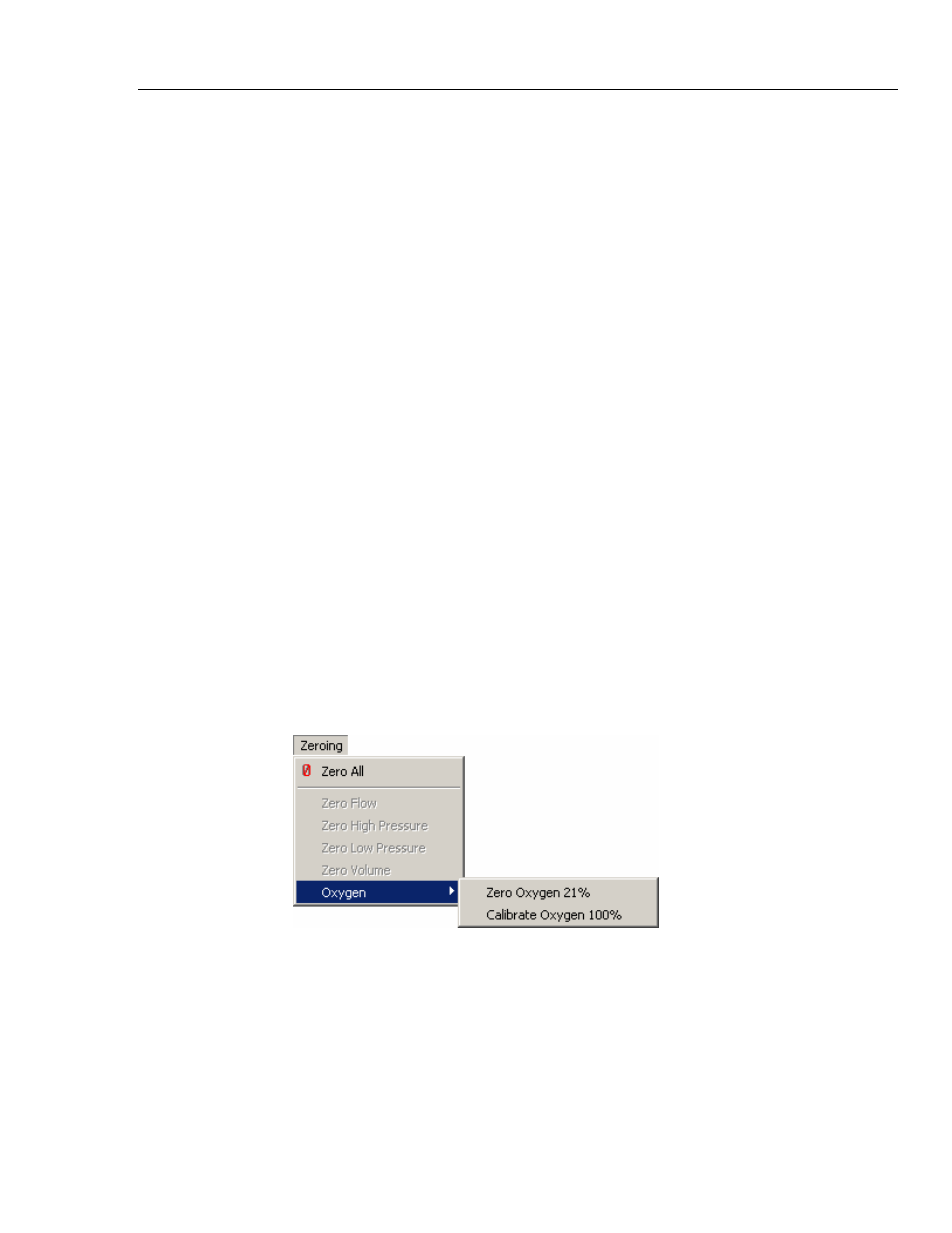Events, Zeroing – Fluke Biomedical VT Mobile User Manual
Page 91

Appendices
VT for Windows
A
A-25
Parameter File from the VT for Windows File menu. Close all files to enable this
option. The .par files are in ASCII format; you can easily import them into your
favorite spreadsheet.
VT for Windows uses a simple means to annotate data files. Each of the annotations is
marked as an "event" in the data file. When you play data files back, the annotated text
and the time of the event appear on the screen.
Events
VT for Windows supports six different types of events:
1. Start of file
2. Beginning of a recording
3. Time stamp
4. Annotation
5. End of file
6. Automatic event
Each event is marked in the .vtp data file with a time stamp. For the beginning of a
recording and for an annotated event, a dialog box appears with a space provided for you
to enter the text annotation.
Zeroing
Periodically, it is a good idea to zero the signals on the Analyzer to null any offset errors
in the flow and pressure sensors. You can set the Analyzer to zero flow and airway
pressure. This nulls offset errors in the pressure transducers. Do not use this option if
there is flow in a flow port. See Figure A-7.
VT for Windows offers two different ways to perform a zero:
1. Select Zero All from the Zeroing menu.
edg72s.bmp
Figure A-31. Zeroing Menu
2. Select Zero All with the Zeroing button on the toolbar.
The Oxygen selection allows you to zero out any offset for drift when air (21% oxygen)
passes through one of the flow sensors. You can then calibrate the Oxygen Sensor by
applying a flow of 100% oxygen.
